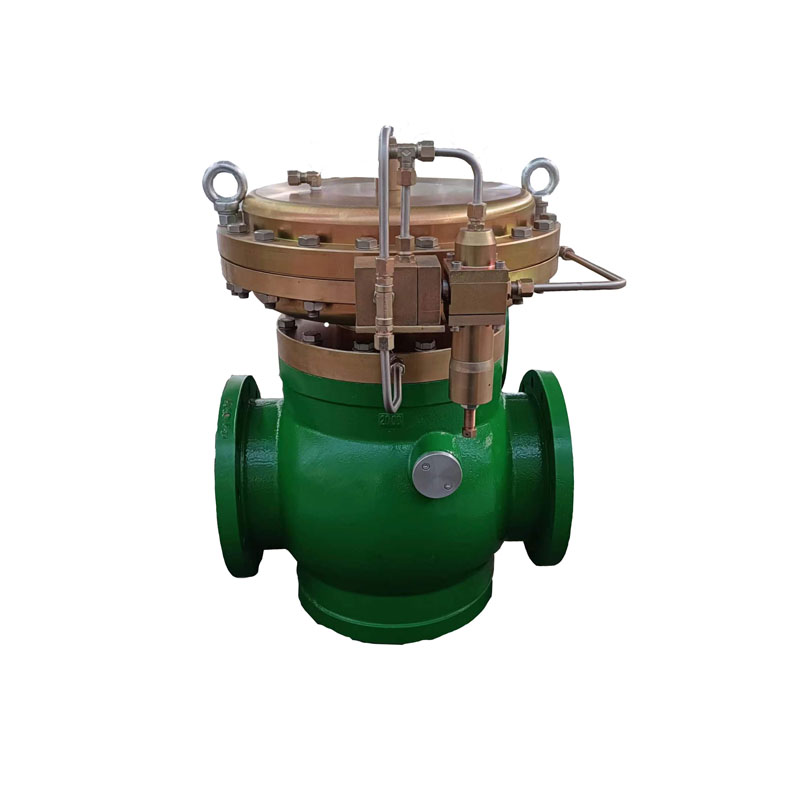
Dec . 12, 2024 11:33
Back to list
relief valve
Understanding Relief Valves Importance, Types, and Applications
Relief valves play a critical role in various industrial applications, ensuring safety and efficiency in systems that involve pressurized fluids. These valves are designed to prevent system failures by releasing excess pressure, thus protecting equipment and personnel from potentially hazardous situations. This article will explore the importance, types, and applications of relief valves.
Importance of Relief Valves
Relief valves are essential components in many operational systems, particularly in industries such as oil and gas, chemicals, and power generation. Their primary function is to maintain safe pressure levels within a system. When the pressure exceeds a predetermined limit, the relief valve automatically opens to allow fluid to escape, thus reducing the pressure and preventing damage to pipes, vessels, and other equipment.
The failure to utilize relief valves can lead to catastrophic events, including explosions, equipment failures, and even loss of life. For instance, in steam boilers, excessive pressure can cause boiler explosions, resulting in severe injuries and economic losses. Therefore, ensuring that relief valves are properly designed, installed, and maintained is crucial to operational safety.
Types of Relief Valves
There are several types of relief valves, each designed to serve specific applications and industry requirements
. The most common types include1. Atmospheric Relief Valves These valves discharge fluid directly into the atmosphere once the pressure exceeds a set limit. They are typically used in storage tanks and other open systems.
2. Pressure Relief Valves (PRVs) Often employed in pipelines and pressurized vessels, PRVs automatically close when the system pressure returns to a safe level. They are commonly used in oil and gas, chemical, and water systems.
3. Safety Relief Valves (SRVs) These valves are similar to PRVs but are specifically designed for safety applications. They are often used in systems involving hazardous materials to provide an additional safety measure.
4. Pilot-Operated Relief Valves These valves use a pilot signal to control the main valve, allowing for more precise pressure control. They are often used in situations requiring high flow capacity and can be adjusted for various pressure settings.
relief valve

5. Vacuum Relief Valves These are used to prevent a vacuum from forming in a system, which can lead to collapse or implosion. They are commonly installed in storage tanks and pipelines.
Applications of Relief Valves
Relief valves are widely used across multiple industries due to their versatility and essential safety function. Here are some notable applications
- Oil and Gas Industry Relief valves are critical for managing pressure in pipelines and storage tanks, ensuring that excess pressure from gases and liquids does not lead to leaks or explosions.
- Chemical Processing In chemical plants, relief valves regulate pressure in reactors and storage tanks, protecting sensitive processes and maintaining safe operating conditions.
- Power Generation Steam turbines, boilers, and nuclear reactors all utilize relief valves to control pressure, ensuring the safe and efficient generation of power.
- Water and Wastewater Management In municipal water systems, relief valves help prevent backflow and protect against unexpected surges in pressure that can damage infrastructure.
- Pharmaceutical Manufacturing Maintaining strict pressure control is vital in pharmaceutical production to ensure product quality and safety, making relief valves essential in these applications.
Conclusion
Relief valves are indispensable for maintaining safety and operational efficiency in various industries. Their ability to control excess pressure is critical in preventing potentially catastrophic events, protecting both personnel and equipment. Understanding the different types of relief valves and their specific applications allows industries to select the right safety measures for their processes. As technology advances, improvements in relief valve design and functionality will continue to enhance safety standards across various sectors. Ensuring the proper implementation and maintenance of these valves is vital for any operation involving pressurized systems, making them a cornerstone of industrial safety practices.
Next:
Latest news
-
Safety Valve Spring-Loaded Design Overpressure ProtectionNewsJul.25,2025
-
Precision Voltage Regulator AC5 Accuracy Grade PerformanceNewsJul.25,2025
-
Natural Gas Pressure Regulating Skid Industrial Pipeline ApplicationsNewsJul.25,2025
-
Natural Gas Filter Stainless Steel Mesh Element DesignNewsJul.25,2025
-
Gas Pressure Regulator Valve Direct-Acting Spring-Loaded DesignNewsJul.25,2025
-
Decompression Equipment Multi-Stage Heat Exchange System DesignNewsJul.25,2025

